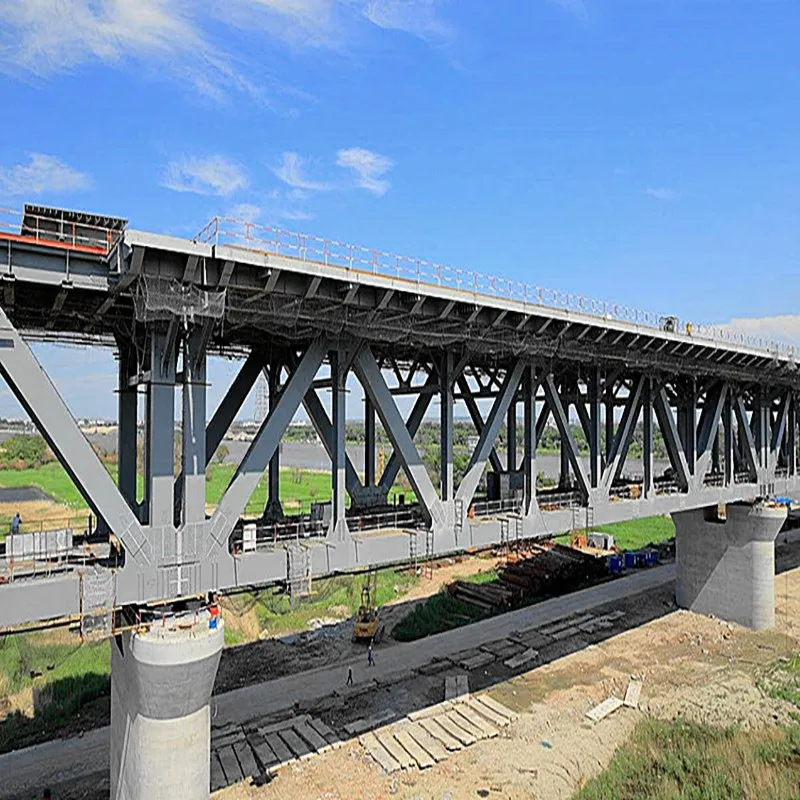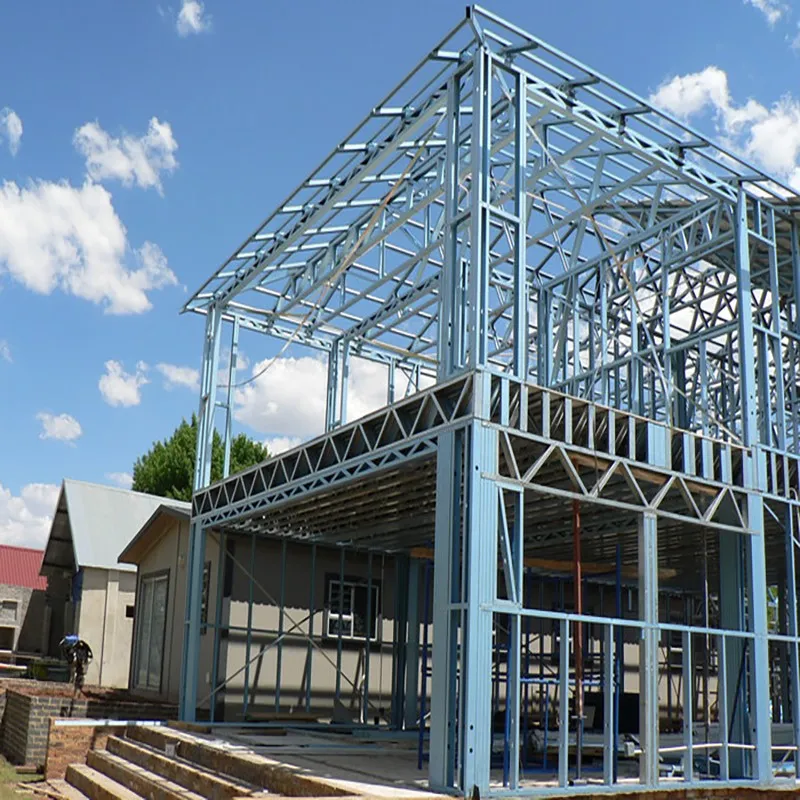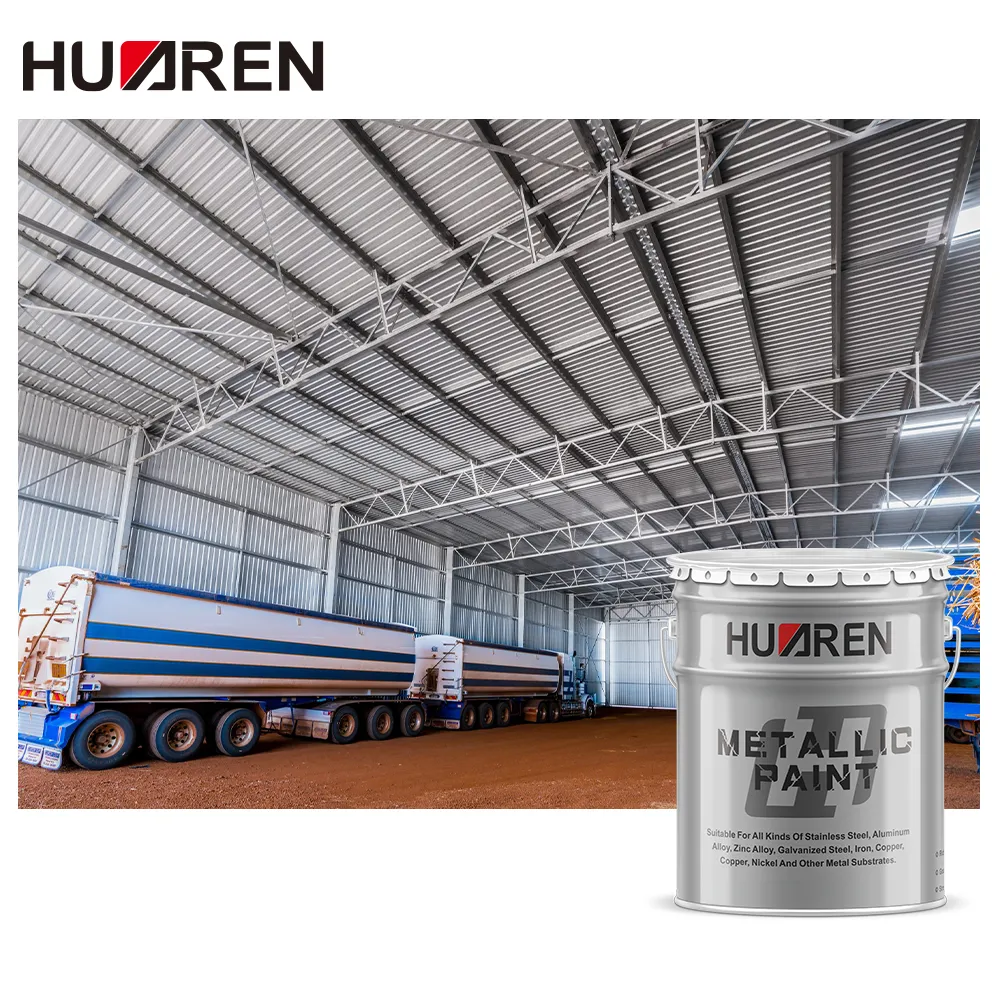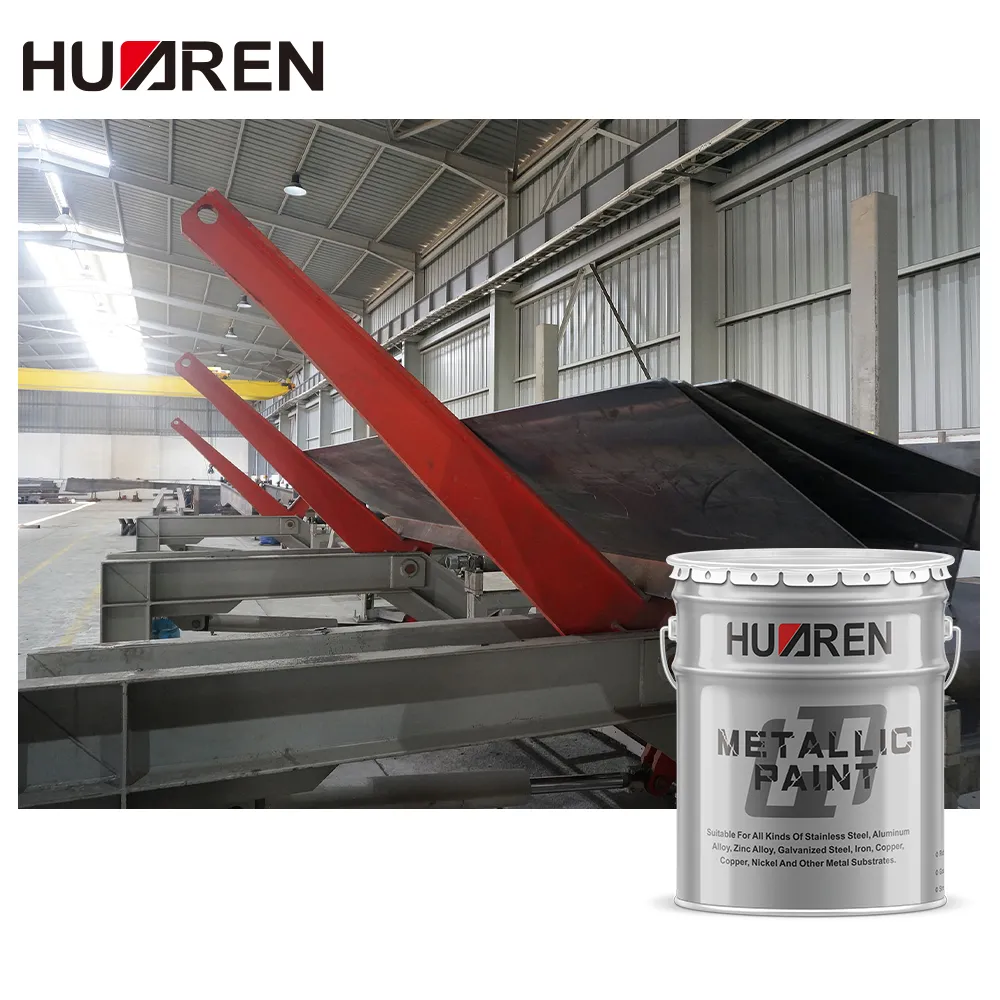Water-based metallic paint, with its advantages of environmental protection, low toxicity, quick drying and rich colors, has been widely used in many industries, especially in the fields of construction, automobiles, furniture and industrial equipment. However, with the improvement of consumers' environmental awareness and the diversification of material selection, more and more people have begun to pay attention to the versatility of metallic water based paint, especially its application effect on wood surfaces.
In traditional cognition, water-based metallic paint is mainly a coating designed for metal materials, focusing on providing anti-corrosion and anti-oxidation protection for metal surfaces. Wood, as a natural organic material, usually uses paint or varnish designed specifically for wood.
However, with the development of water-based paint technology, more and more water-based paints have begun to enter the wood coating market, including some water-based metallic paints that are claimed to be suitable for wood.
So, how effective is metallic water based paint on wood? Can it replace traditional wood-specific paint? What issues need to be paid attention to during the coating process? This article will analyze in detail the application of metallic water based paint in wood coating and its advantages and disadvantages from multiple angles to help readers fully understand whether metallic water based paint is suitable for wood surfaces.

What is water-based metallic paint?
Water-based metallic paint is a paint with water as the main solvent. Its main ingredients include resin, pigment, filler and water. Unlike traditional oil-based metallic paint, metallic water based paint has a lower volatile organic compound (VOC) content and is less toxic and polluting. Water-based metallic paint is often used for the coating of metal materials to provide a variety of protective effects such as corrosion resistance, wear resistance and weather resistance.
The basic characteristics of metallic water based paint include:
● Low toxicity and environmental protection: Water-based metallic paint does not contain harmful solvents, is more environmentally friendly, and is suitable for environments with toxic substances restricted.
Faster drying speed: Compared with oil-based paint, metallic water based paint has a faster drying time and a more efficient construction process.
● Color stability: Water-based metallic paint provides bright and long-lasting colors, and has good light and UV resistance.
● Smooth coating: Water-based metallic paint has a smooth and uniform coating, which can provide a more beautiful appearance.
Due to these characteristics, metallic water based paint has gradually gained attention in the market, especially today when environmental protection has become an increasingly important focus, and water-based paint has been favored by more and more consumers.

Is water-based metallic paint effective for wood?
As a natural material, wood has significantly different physical and chemical properties from metal. The surface of wood is usually porous and absorbs water, which is completely different from the smooth and hydrophobic properties of metal. When designing metallic water based paint, it is usually to provide stronger adhesion and weather resistance for metal surfaces, and the coating thickness is suitable for the strong hardness of metal surfaces.
However, the different structures and adsorption characteristics of wood surfaces and metals have a certain impact on the effect of water-based metallic paint. First, the surface structure of wood determines that it has poor adhesion to the paint. Water-based metallic paint usually requires a good adhesion foundation, so the effect of the paint on wood may not be as ideal as on metal surfaces. In particular, the humidity fluctuations and texture changes of wood may affect the stability of the coating.
In view of the characteristics of wood, whether metallic water based paint is suitable is mainly reflected in the following aspects:
● Adhesion: The surface of wood is usually rough and hygroscopic, so the adhesion of water-based metallic paint may be challenged. In particular, untreated wood may cause the coating to fail to adhere fully, or even peel or lose paint.
● Durability: The temperature and humidity of wood vary greatly. Whether metallic water based paint can withstand these changes and whether the coating can maintain long-lasting protection are the key to the coating effect. The moisture content, expansion and contraction of wood will also affect the stability of the coating.
● Surface flatness: The surface texture of wood is rich and uneven, which is different from the flat characteristics of metal surfaces. Whether water-based metallic paint can provide a uniform and flat coating on the wood surface affects its beauty and protection.
In summary, water-based metallic paint may face some challenges when coating wood surfaces, but this does not mean that it is completely unsuitable.

Application of water-based metallic paint on wood
Although metallic water based paint was not originally designed for wood, its application in wood coating has gradually been developed and tried. The formulas of many modern water-based metallic paint products have been adapted to the characteristics of wood to a certain extent. After special treatment, the adaptability of water-based metallic paint to wood has been improved.
Applicable wood types
Water-based metallic paint is suitable for treated wood, such as sanded, primed or dried wood. The surface of this type of wood is relatively flat, which can provide better paint adhesion. For soft wood such as pine and fir, metallic water based paint can usually adhere well and provide a certain protection effect, but the effect is not as obvious as hardwood (such as oak, walnut, etc.). The surface of hardwood is relatively dense, and the adhesion and permeability of water-based metallic paint are weak.
Coating effect
The coating effect of metallic water based paint on wood mainly depends on surface pretreatment and coating technology. Due to the porosity of the wood surface, the paint may penetrate into the interior of the wood, causing the coating to become uneven, especially when it is first coated. If the wood surface is not properly sanded or sealed, water-based metallic paint may not form a flat coating film and the coating durability is poor.
Protective performance
Water-based metallic paint itself has excellent anti-corrosion, anti-oxidation, weather resistance and other properties, and is suitable for metal surfaces. Although the characteristics of wood are quite different from those of metal, after proper primer treatment, water-based metallic paint can provide certain protection for wood, especially against UV rays, moisture and insect pests. Especially in outdoor environments, metallic water based paint can provide additional weather resistance to wood surfaces.

Precautions for water-based metallic paint on wood
Although water-based metallic paint has certain application value for wood, its painting process requires special attention to the following aspects:
● Surface treatment: The surface treatment of wood is crucial. Because there may be impurities, oil or moisture on the wood surface, it should be thoroughly cleaned and polished before painting. For untreated wood, it is recommended to apply a layer of closed primer first to ensure that the metallic water based paint can adhere evenly.
● Painting technology: In order to ensure that the metallic water based paint can form a smooth coating on the wood surface, pay attention to the thickness of the paint when painting. Too thick a coating may result in an uneven paint film, affecting the appearance and protective effect. Multiple thin layers are more ideal.
● Drying and curing: The moisture content of the wood may affect the drying speed of the water-based metallic paint. During the painting process, it is necessary to ensure that the wood is completely dry to avoid bubbles or shedding of the paint film due to excessive moisture. After painting, the curing time of the paint film also needs to be adjusted according to environmental conditions.
● Suitable wood types: Water-based metallic paint has better adaptability to hardwood, but its coating effect may be poor for some woods with high oil content (such as teak, sandalwood, etc.). These woods have more oil on the surface, which can easily affect the adhesion of metallic water based paint.
At Huaren Chemical Industry Co., Ltd., we pride ourselves on our extensive experience and innovative approach to producing a variety of industrial paints and resins. With over 20,000 tons of annual production capacity, we supply the highest quality to industries such as petrochemicals, mechanical equipment, shipbuilding, and construction. Our diverse range of coatings includes heavy-duty anti-corrosion paints, epoxy, acrylic, and phenolic paints, all of which products meet the most rigorous quality standards. As a leading supplier in China, Huaren Chemical offers competitive prices, discounts, and special promotions for bulk and wholesale purchases. Looking for customized products? We can tailor our paints and resins to meet your specific requirements. Reach out today for quotes and learn how we can provide you with the most affordable and high-quality solutions in the market.

